Blog Detail
Table of Contents

How to Use a Paging System for Customer Reception
- Kathy
- Oct 18, 2024
- 0 Comments
Understanding Paging Systems
A paging system consists of a transmitter and receivers (or pagers) that communicate wirelessly. The transmitter sends out messages or alerts, which are received by the pagers carried by staff members. This system is often used in restaurants, retail stores, hospitals, and other businesses where efficient communication is crucial.
Benefits of Using a Paging System Improved Communication: Staff can quickly notify each other about customer needs or updates, leading to faster service.
Enhanced Customer Experience: Customers can continue their activities without waiting in line, as they can be alerted when it’s their turn to be served.
Organized Workflow: A paging system helps manage customer flow efficiently, reducing chaos during peak hours.
Increased Efficiency: With instant communication, employees can prioritize tasks and respond to customer needs more effectively.
Retekess TD112 Watch Receiver & TD036 Call button
Steps to Implementing a Paging System 1. Choose the Right Paging System Before implementation, research and select a paging system that best suits your business needs. Consider factors such as:
Range: Ensure the system covers your entire reception area. Number of Pagers: Depending on your staff size and customer volume, determine how many pagers you need.
Features: Look for additional features like vibration alerts, customizable ringtones, and support for multiple channels.
2. Train Your Staff
Once you have installed the paging system, conduct training sessions for your staff. Key points to cover include:
How to Use the Transmitter: Teach staff how to send alerts to pagers. Understanding Alerts: Make sure everyone knows what different alerts mean and how to prioritize them. Customer Interaction: Reinforce the importance of communicating with customers regarding wait times and the paging process.
3. Set Up Procedures
Create clear procedures for using the paging system. For example: When to Page: Establish guidelines on when to alert staff (e.g., when a new customer arrives or when a customer is ready to order).
Response Time: Set expectations for how quickly staff should respond after receiving a page. Informing Customers: Develop a script for staff to explain how the paging system works to customers.
4. Monitor and Adjust
After implementing the paging system, monitor its effectiveness. Gather feedback from both staff and customers to identify areas for improvement. Consider questions like: Are customers satisfied with the paging process? Are staff able to respond promptly to pages? Is there any confusion regarding paging protocols? Use this feedback to make necessary adjustments to procedures or training.
A paging system can significantly enhance customer reception by improving communication and efficiency within your business. By choosing the right system, training your staff, establishing clear procedures, and continuously monitoring performance, you can create a seamless experience for your customers. Embrace this technology and watch as your customer service transforms, leading to higher satisfaction and loyalty.

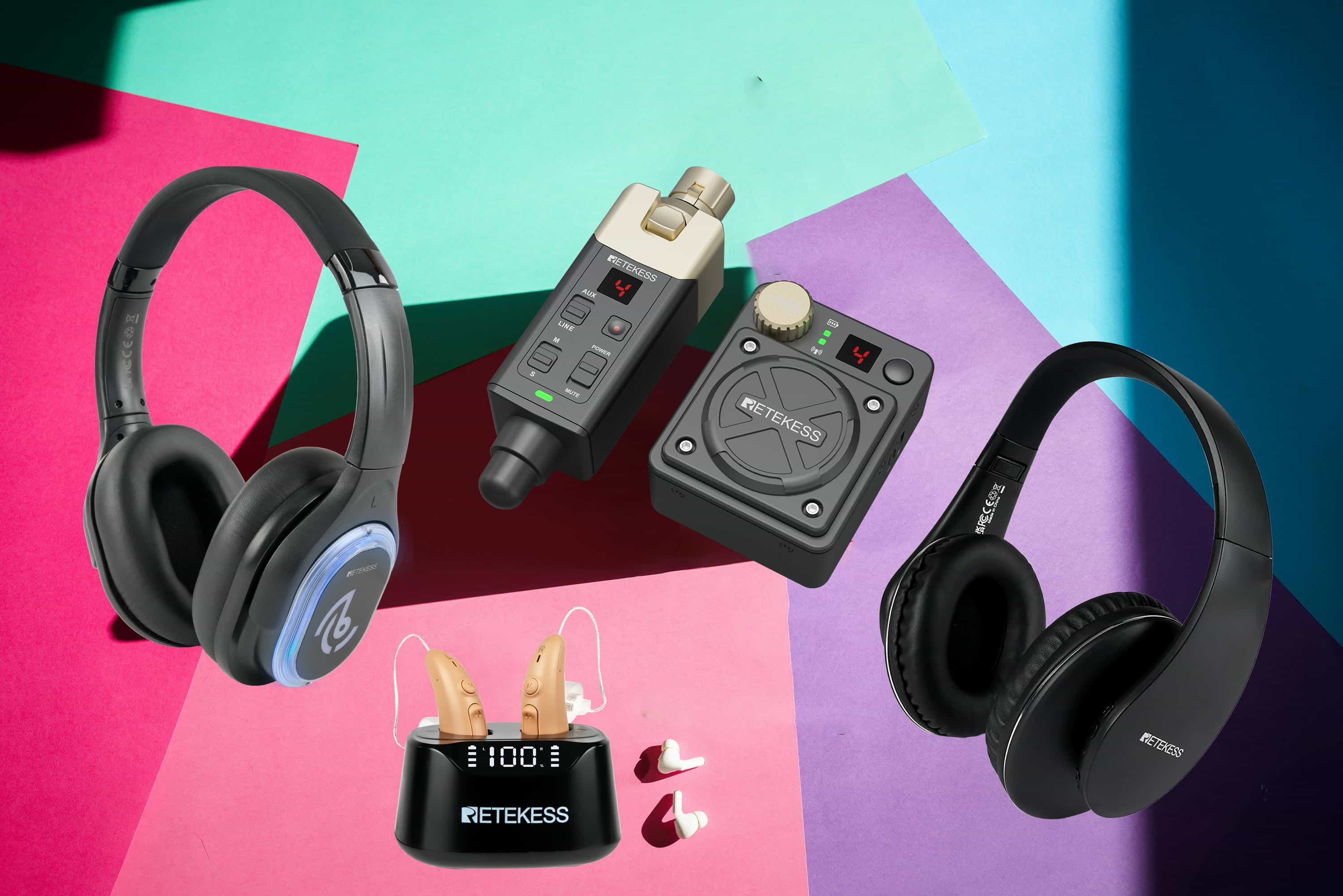
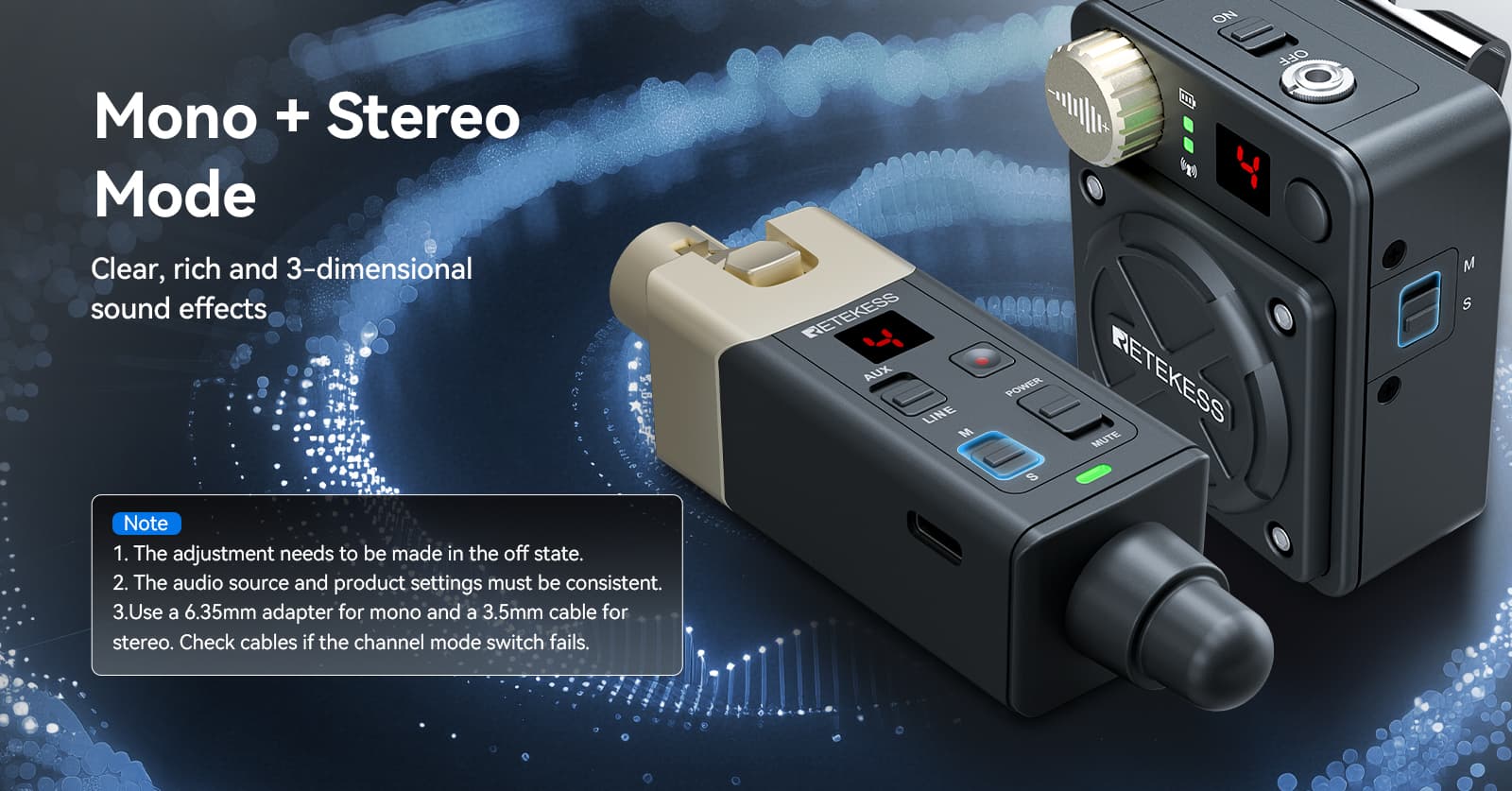


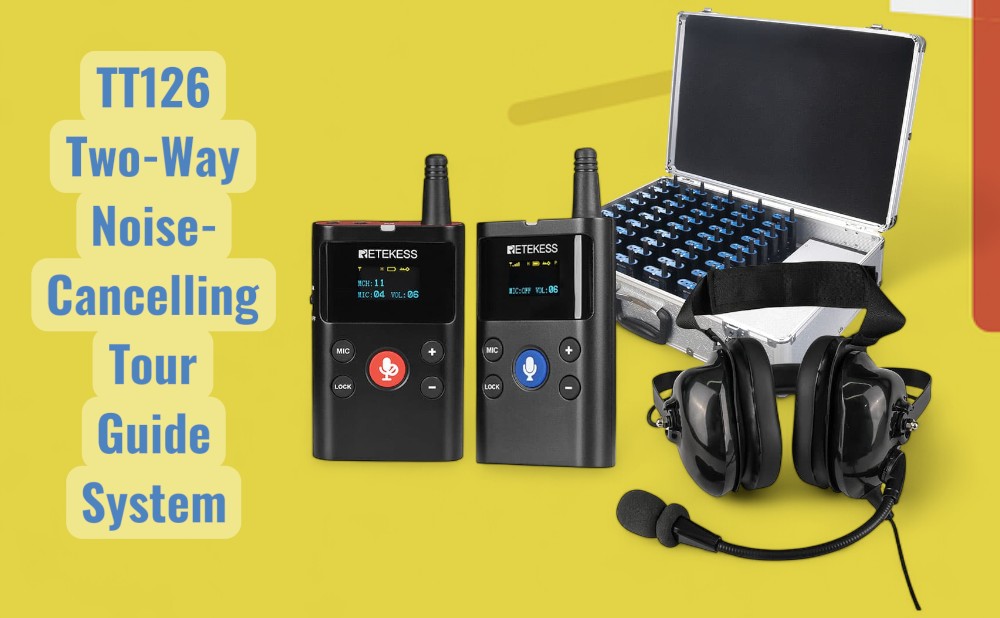




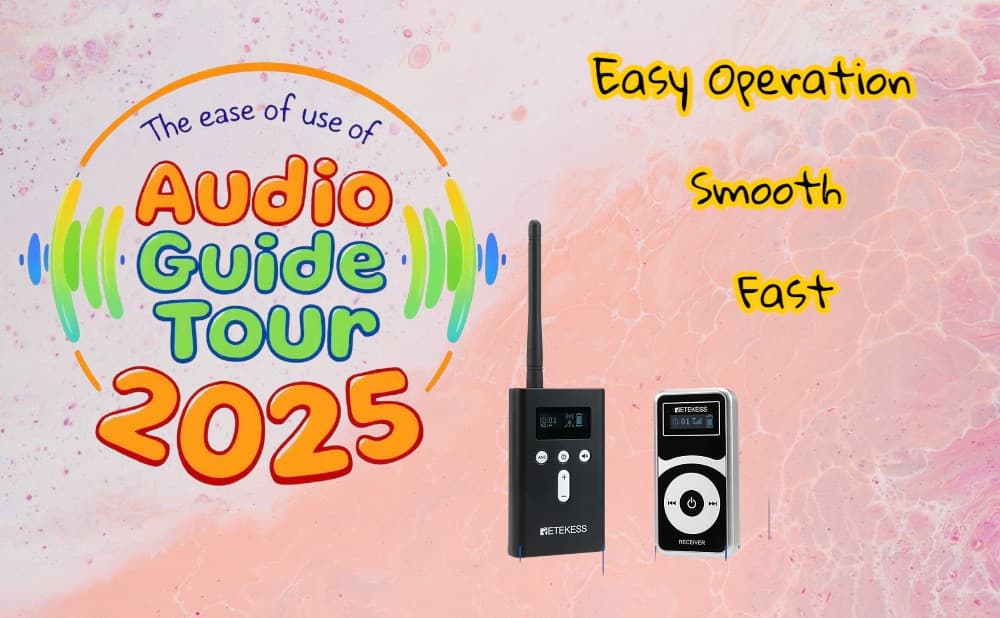
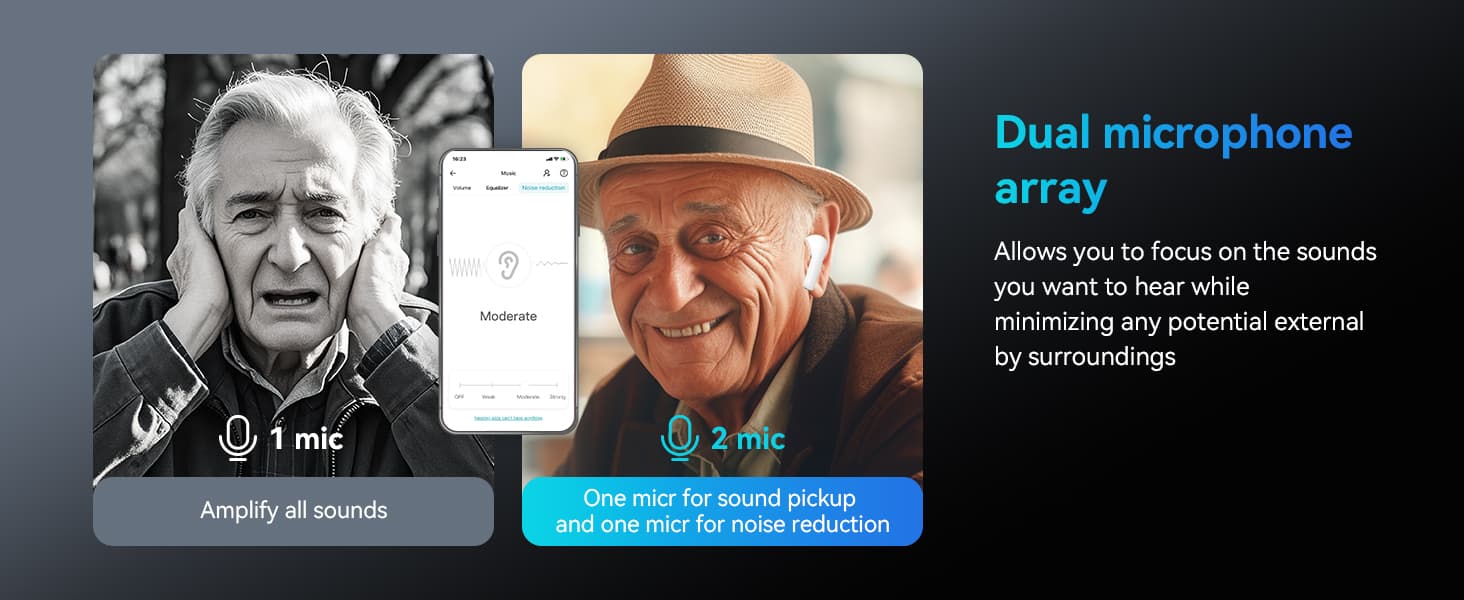
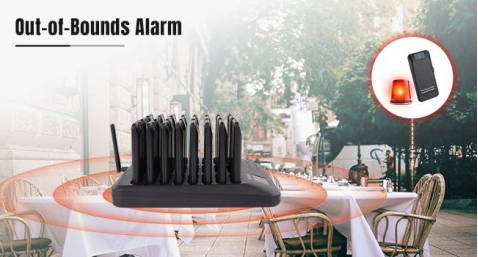


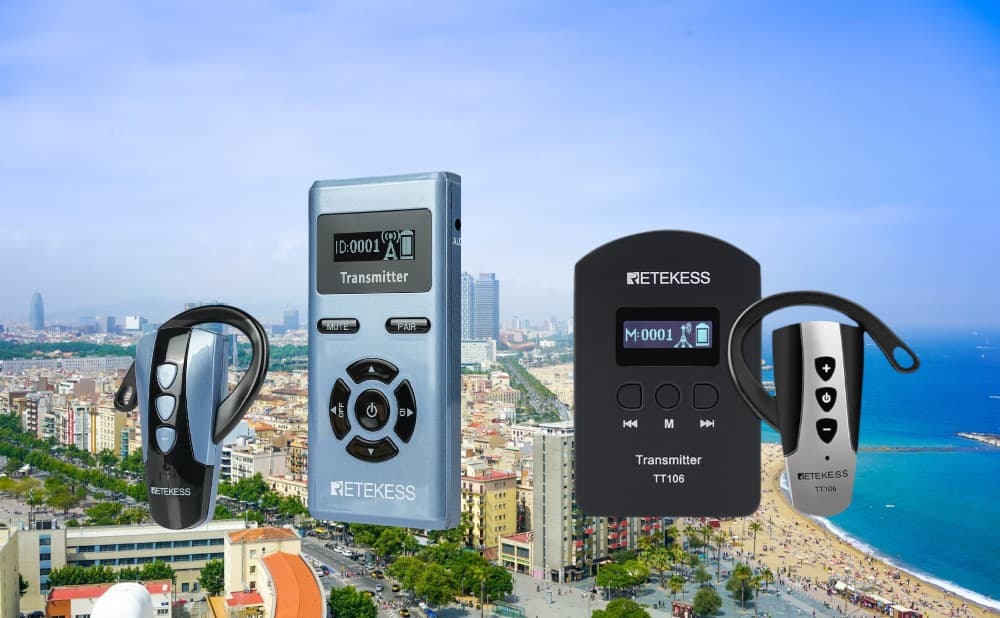
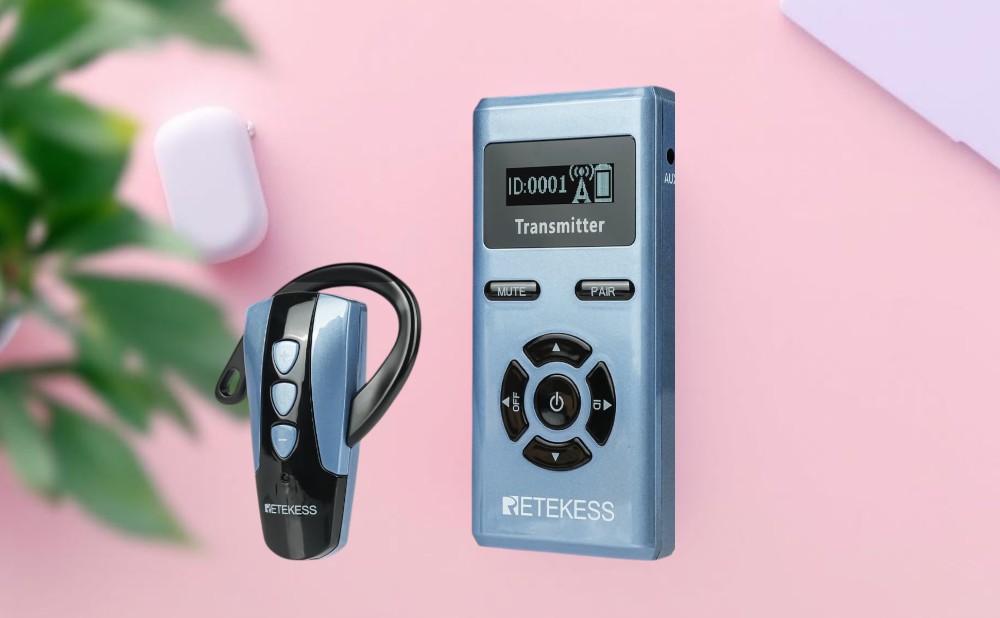





Comments (0)